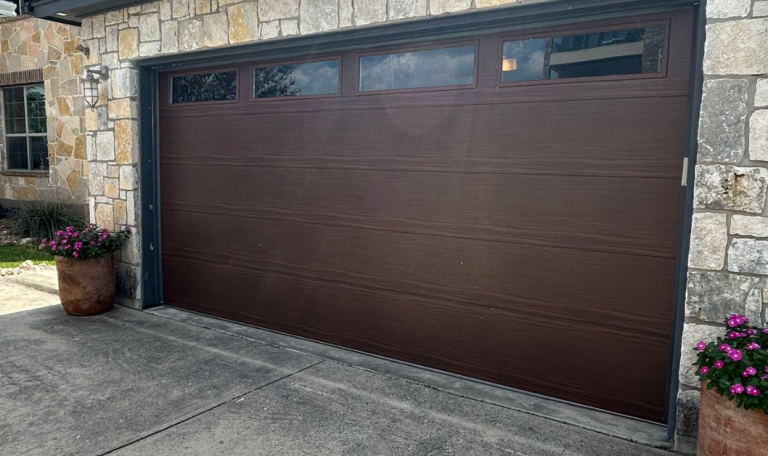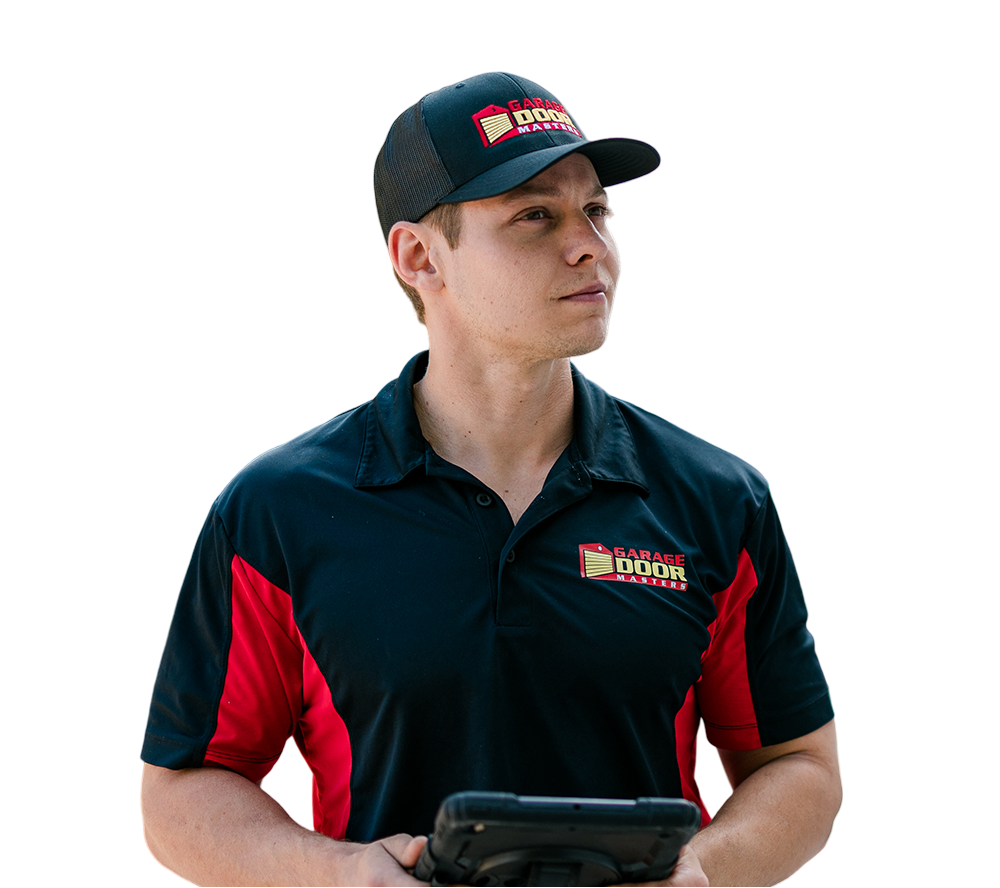Ever wondered why your system starts acting up just when you need it most? Quality garage door parts can make all the difference in reliability. I’ve seen it happen countless times. One day everything’s working fine, and the next, you’re stuck with a mechanism that won’t budge. Let’s dive into which components typically fail first so you can spot trouble before it leaves you stranded. Most Common Garage Door Parts That Fail First If you’ve owned a home for a while, you know that maintenance is just part of the deal. When it comes to your entry system, some garage door parts simply wear out faster than others. The daily up-and-down motion puts stress on the entire setup. Springs, cables, and rollers take the brunt of this repeated motion. These items experience the most tension each time you press that remote button. Weather conditions play a role too – extreme temperatures cause metal to expand and contract, weakening crucial elements over time. Regular inspections can help you catch failing components early. Listen for unusual noises, watch for jerky movements, or notice if the system seems slower than usual. These are all warning signs that something’s about to give out. Garage Door Springs: The Most Frequent Replacement Need If I had to bet on which garage door parts will fail first, my money’s on the springs. These workhorses handle the heavy lifting, literally counterbalancing hundreds of pounds every time the system opens or closes. That’s a ton of pressure! Most springs last between 7-10 years with normal use. But that timeline shortens if you’re opening and closing frequently or if you live in an area with dramatic temperature swings. When a spring breaks, you’ll definitely know it – they often go with a loud bang that sounds like a firecracker! Never try to replace springs yourself. The tension in these components can cause serious injury. This job absolutely requires professional expertise and specialized tools. Torsion Springs vs. Extension Springs: Lifespan Differences Torsion springs (mounted above the opening) typically last longer than extension springs (those that stretch along the horizontal tracks). On average, torsion systems handle about 15,000-20,000 cycles before failing. Extension varieties usually manage about 10,000 cycles before needing replacement. The difference comes down to how each type handles the tension load. Torsion designs distribute weight more evenly, resulting in less wear over time. Cables, Rollers, and Hinges: Critical Hardware Failure Points After springs, these smaller garage door parts are next in line for replacement: Cables often fray or snap after years of tension Rollers get stuck or worn down from constant movement Hinges can crack or lose their lubrication Brackets may bend or loosen over time Weather seals deteriorate from environmental exposure Many homeowners overlook these “minor” components until something goes seriously wrong. For example, worn rollers might seem like just a noisy nuisance, but they put extra strain on the opener and other mechanisms. Replacing these items before they completely fail can prevent more expensive damage. A loose hinge might seem harmless until it causes the panels to misalign and jam the entire system. When to Replace Parts vs. Call a Professional Garage Door Supplier Some maintenance tasks are definitely DIY-friendly. You can handle: Lubricating moving components with silicone spray Tightening loose hardware with basic tools Cleaning tracks to remove debris Checking and adjusting the safety sensors Replacing the weather seal along the bottom However, certain garage door parts should always be left to pros. Anything involving springs, cables, or the opener’s internal mechanisms requires special training. When in doubt, call an expert. The cost of professional service is far less than hospital bills from DIY accidents or further damage to your home. Plus, suppliers often provide warranties on both components and labor, giving you peace of mind that the job’s done right. Quality garage door parts installed by professionals will last much longer too! Our Experts Are Here To Help Get a Free Quote FAQ What are garage door parts called? Garage door parts include springs (torsion and extension), cables, rollers, hinges, tracks, panels, brackets, and the opener. There’s also hardware like the weather seal, safety sensors, remote controls, and various pulleys. Most homeowners recognize these basic components during routine maintenance. What is the common problem of a garage door? The most common garage door problem is broken springs. These hard-working components eventually wear out from constant tension. Other frequent issues include misaligned tracks, worn rollers, frayed cables, and malfunctioning openers. Strange noises usually signal something’s wrong before complete failure happens. What is the bottom part of a garage door called? The bottom part of a garage door is called the weather seal or bottom seal. This rubber strip attaches to the bottom panel and creates a tight seal against the floor. It keeps out water, drafts, bugs, and debris while helping with insulation and noise reduction. Garage door parts include springs (torsion and extension), cables, rollers, hinges, tracks, panels, brackets, and the opener. There’s also hardware like the weather seal, safety sensors, remote controls, and various pulleys. Most homeowners recognize these basic components during routine maintenance. The most common garage door problem is broken springs. These hard-working components eventually wear out from constant tension. Other frequent issues include misaligned tracks, worn rollers, frayed cables, and malfunctioning openers. Strange noises usually signal something’s wrong before complete failure happens. The bottom part of a garage door is called the weather seal or bottom seal. This rubber strip attaches to the bottom panel and creates a tight seal against the floor. It keeps out water, drafts, bugs, and debris while helping with insulation and noise reduction.


